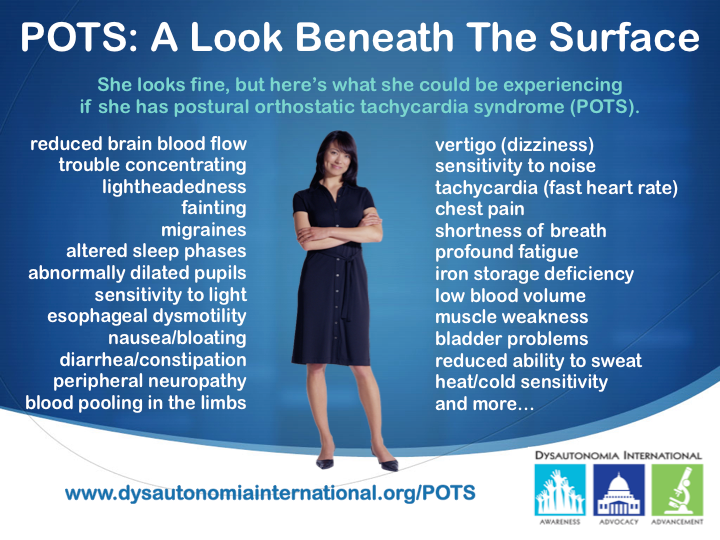Learning About PoTS
October 26, 2022
PoTS stands for Postural Tachycardia Syndrome. It is an abnormal increase in heart rate that occurs after sitting up or standing. Some typical symptoms include dizziness and fainting. It’s sometimes known as postural orthostatic tachycardia syndrome.
PoTS is a dysautonomia illness, a disorder of the autonomic nervous system. Onset of symptoms is usually in early adolescence, between the age of 12-15 years of age. More than 75% are female and more than half of cases are preceded by an acute viral illness. PoTS can happen during changing positions. Gravity pulls approximately 20% of the circulation; blood vessels constrict to increase circulating blood volume and increase blood return to the heart. People that have PoTS experience poor blood vessels constriction during different movements. People that have PoTS disease can get very dizzy and they can feel themselves about to pass out.
Long-term effects of PoTS tend to experience marked improvement in their symptoms by 19-21 years of age. There is no known cure for PoTS; the condition can be managed in most patients’ diets and exercise, although with medication. PoTS often improves gradually over time; some medicines and self-care measures that can help.

